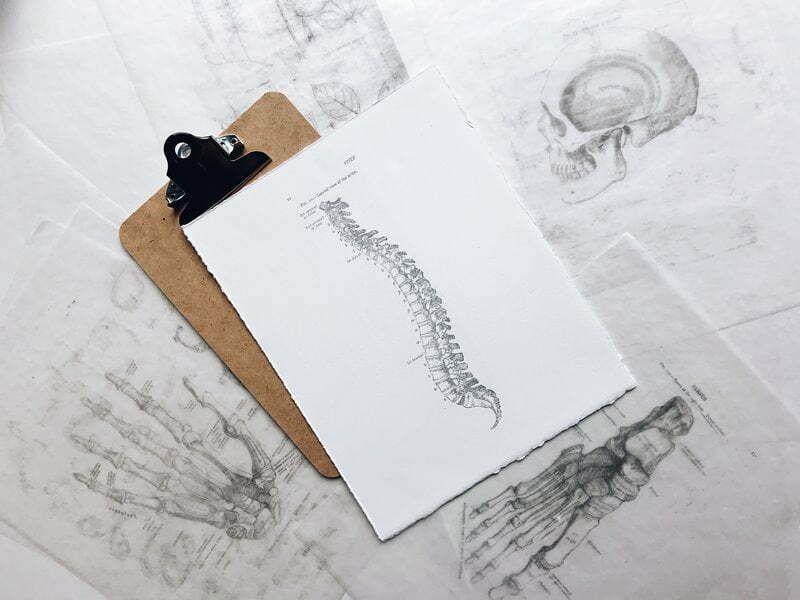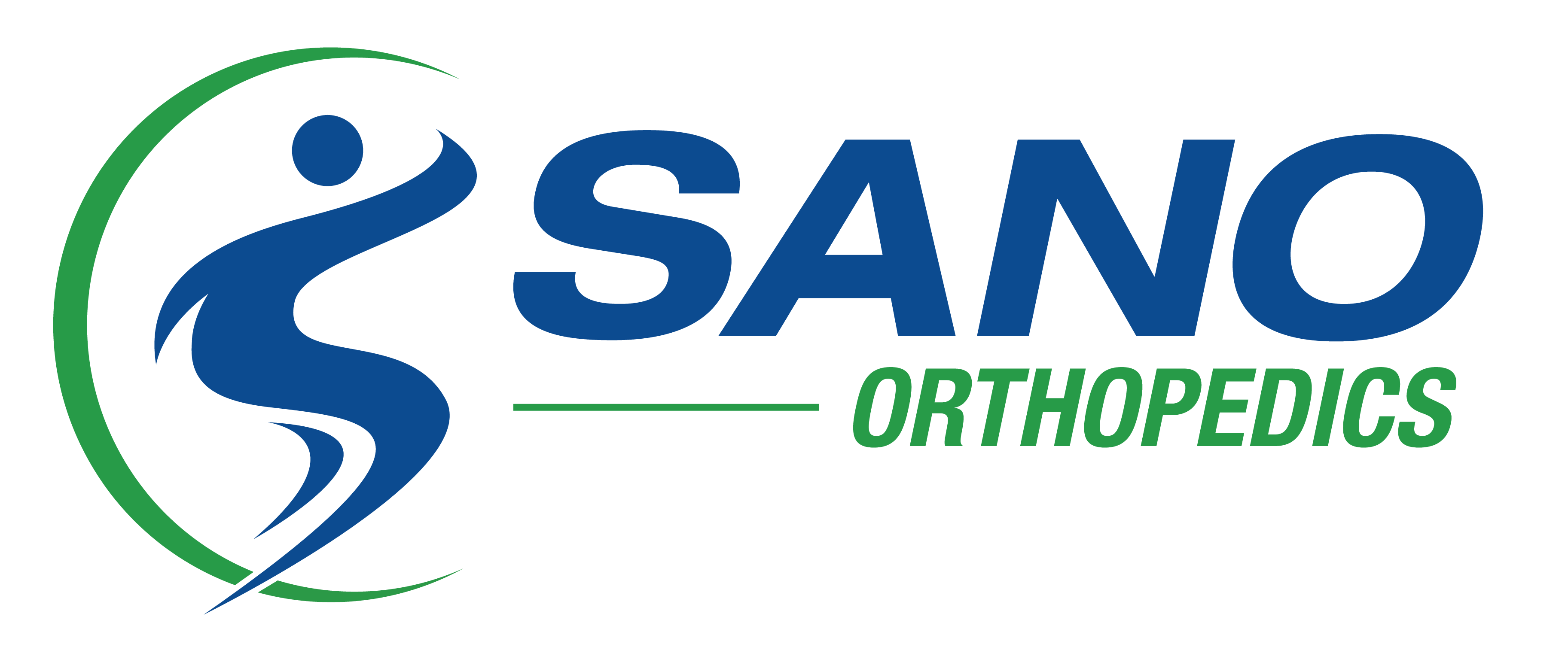MIGRAINES:
Explaining the Correlation and Breaking Down the Best Migraine Treatments
The human body is a complex machine of bones, nerves, organs, and soft tissues. When one part fails, it’s highly likely that other parts of the body will be affected. For instance, a pinched nerve in your neck can resonate all the way throughout your arm. A torn ACL can render your entire leg useless. Regarding headaches and migraines, there is any number of conditions that can trigger them.
According to the Migraine Research Foundation, migraines are the 3rd most common illness in the world and the 6th most debilitating. In 2020, it was estimated that 37 million people suffered from migraines with 85% of those being women. However, more than half of those who have migraines are never properly diagnosed by a physician, which means that they’re not taking advantage of the care they could be getting to resolve the issue. Most of the time, this is attributed to the migraine being written off as an especially bad headache, but they are two totally separate issues that happen to feel the same.
What’s the Difference Between a Headache and a Migraine?
A headache is classified as a mild to severe pain in the head that resonates as pressure or aching, and it usually occurs on both sides of the head. The most common areas where headaches occur are the forehead, temples, and back of the neck. Triggers can be anything from muscle strain to stress and anxiety.
Comparatively, a migraine is classified as a much more intense or severe pain that can occur with other symptoms. Pain behind the eyes, ears, or temples can occur in conjunction with a migraine. Other symptoms may include nausea/vomiting, visual changes such as seeing spots, flashing lights, or temporary loss of sight. A migraine may also result in an overall sensitivity to light and/or sound. Another differentiating factor is that migraines generally only affect one side of the head. Finally, a migraine may come with an “aura,” which is a series of sensations a person feels right before they get a migraine that they wouldn’t have with a headache. These sensations can include mental decline or reduction in focus, changes in visuals, tingling/numbness in the face or hands, and unusual changes in sense of touch, smell, or taste.
The causes of a migraine are varied, however, some of the most common triggers include stress, hormones, irregular sleep, too much caffeine or alcohol, changes in diet, dehydration, and all varieties of back pain including lower back pain, neck pain, and upper back pain.
The Link Between Neck and Back Pain and Migraines
All body parts are connected in one way or another. That means that pain felt in one area of the body can resonate in a different or adjacent part of the body. Cervicogenic migraines are an example of how pain is linked between two points of the body. Unlike a migraine which is rooted in the brain, a cervicogenic migraine originates from the base of the skull, neck, or spinal column area. Typically, cervicogenic headaches are caused by a sports injury that injures the neck, whiplash, a prolapsed disc, improper sitting posture, sleeping without proper head/neck support, or even a degenerative condition such as osteoarthritis.
Like a traditional migraine, a cervicogenic migraine will result in intense pain that affects one side of the head or face. The migraine is typically triggered by certain neck movements or holding the neck in a posture that activates the pain.
Treatment for Cervicogenic Migraines
Cervicogenic migraines can be treated using over-the-counter and at-home methods. However, because migraines are such a debilitating issue, cervicogenic migraines especially may require a physician evaluation. Having a physician look you over means that you’ll have access to migraine treatments that are more effective.
Although aspirin or Tylenol may provide relief, oftentimes migraines require stronger forms of medications that can’t be bought over the counter. You may need a corticosteroid to reduce the inflammation in your neck or muscle relaxers to ease tight muscles and reduce any spasms that are occurring. Sometimes physical therapy is the best way to resolve your neck and/or back issues, which is often the case with cervicogenic migraines.

Migraines are Common
An estimated 37 million Americans suffer from migraines. Migraines are more common in women than men.
CONTACT SANO ORTHOPEDICS
OFFICES THROUGHOUT KANSAS CITY
- Lee’s Summit, MO
- Leawood, KS
- Paola, KS
- Grandview, MO
- Garnett, KS
